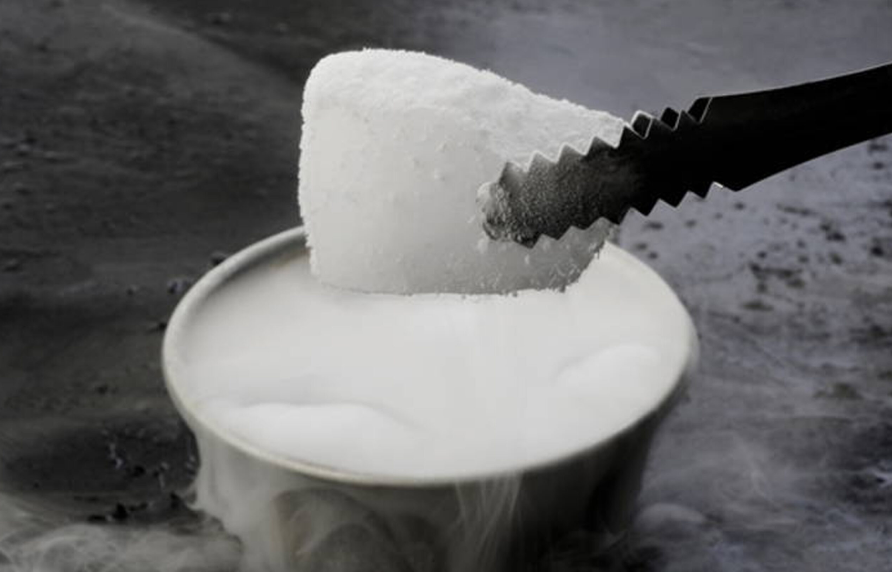The correct insulating material is crucial for temperature management in industrial operations, storage, or shipment. Foam Dry Ice and Silver Mylar Bag Insulation are two relatively common choices.
Though both are somewhat common, they have different uses. In this detailed guide, we’ll explore the strengths, weaknesses, and ideal applications of Silver Mylar Bag Insulation vs Foam Dry Ice, helping you make the best decision for your needs.
Introduction
Many businesses rely on maintaining temperature control, from pharmaceuticals and food delivery to scientific research and personal use—like camping or disaster preparedness. Silver mylar bag insulation and foam dry ice. Are standard options with unique benefits
We will examine what distinguishes every material in this post, their applications, and which choice would be ideal for you. This guide will offer insightful analysis regardless of your level of industry expertise or superficial interest in these materials.

What Is Silver Mylar Bag Insulation?
Thin plastic layers covered with aluminum form Silver Mylar bags. Popular in many insulating uses, this reflecting substance is well-known for blocking away radiant heat. When paired with airtight sealing, Silver Mylar Bag Insulation provides good temperature regulation and protection against moisture, oxygen, and pollutants.
How Silver Mylar Insulation Works
Reflective theory drives Silver Mylar Bag Insulation. By bouncing back radiant heat, the reflective aluminum covering helps to preserve the internal temperature of goods kept within. Mylar bags provide a barrier in packaging that reduces temperature variations so delicate contents stay at the intended temperature.
Advantages of Silver Mylar Bag Insulation
- Lightweight: Mylar bags are pretty light, which helps to simplify storage and transportation.
- Cost-Effective: Silver Mylar Bag Insulation is cheaper than more intricate insulating alternatives.
- Versatile: From food storage to electronics protection, they are versatile and can be used.
- Moisture Barrier: Mylar bags preserve delicate items by blocking moisture and oxygen.
Disadvantages of Silver Mylar Bag Insulation
- Limited Insulation Time: Even if Mylar bags are great for short-term insulation, they might not be best for long-term temperature regulation.
- Requires Additional Packaging: Mylar bags often must be coupled with additional insulating materials for long-term temperature control.
- Not Ideal for Extreme Temperatures: Mylar bags could have trouble in hot or cold conditions.
What Is Foam Dry Ice?
Foam dry ice and solid carbon dioxide are common for preserving frigid temperatures, mainly when delivering perishable items. Freezing, dry ice—about -78.5°C (-109.3°F)—offers great insulating power for goods needing continuous cold temperatures when combined with foam packing.
How Foam Dry Ice Insulation Works
Dry ice works by sublimation—from solid to gas. The dry ice absorbs heat as it sublimates, preserving the surrounding temperature. Dry ice is commonly used in foam containers since the foam serves as an extra barrier that reduces sublimation and prolongs the frozen state of the contents.
Advantages of Foam Dry Ice Insulation
- Extreme Cold: Dry ice keeps freezing temperatures much below those reachable with conventional ice or refrigeration systems.
- Extended Cooling: Dry ice can prolong product freezing with appropriate foam packing.
- Sterile Environment: The sublimation procedure produces a sterile, moisture-free environment perfect for pharmaceuticals or biological specimens.
- Non-Toxic: Dry ice leaves nothing behind as it evaporates into non-toxic carbon dioxide gas.
Disadvantages of Foam Dry Ice Insulation

Silver Mylar Bag Insulation vs Foam Dry Ice: Key Differences
To determine the best option for your needs, let’s compare some critical factors in Silver Mylar Bag Insulation vs Foam Dry Ice:
Temperature Range
- Although it keeps things cool, silver mylar bag insulation is not best for frigid temperatures.
- Foam Dry Ice is preferable for goods that must remain frozen because it is especially effective at preserving freezing temperatures.
Duration of Insulation
- While Foam Dry Ice can keep things frozen for extended lengths, Mylar bags offer good temporary insulation.
Cost
- While Foam Dry Ice systems can be more costly and cost-effective for short-term and non-extreme temperature management, Mylar bags are.
Ease of Use
- While dry ice must be handled carefully, Mylar bags are easy to use and do not require particular treatment.
Environmental Considerations
- While dry ice has an environmental load because of its manufacturing and disposal needs, Mylar bags are usually recyclable and reused.
Choosing the Right Option for Your Needs
When deciding between Silver Mylar Bag Insulation and Foam Dry Ice, consider the following:
- Use Mylar Bags if:
- It would help if you had short-term temperature control.
- Moisture and oxygen barriers are essential.
- You seek an affordable, lightweight option.
- Use Foam Dry Ice if:
- You need to maintain freezing temperatures over extended periods.
- You’re shipping perishable goods.
- The higher cost and handling complexity are manageable.
Conclusion
In the Silver Mylar Bag Insulation vs Foam Dry Ice debate, both options have distinct advantages. Although Mylar bags are great for cheap, lightweight temporary insulation, dry ice offers unparalleled freezing capacity over extended periods.
Knowing your strengths and limits will enable you to choose wisely to meet your temperature control requirements. This page on Silver Mylar Bag Insulation vs Foam Dry Ice can help you negotiate your options, whether your top priorities are cost, simplicity of use, or temperature retention.
Read more blogs at VentsTopNews
